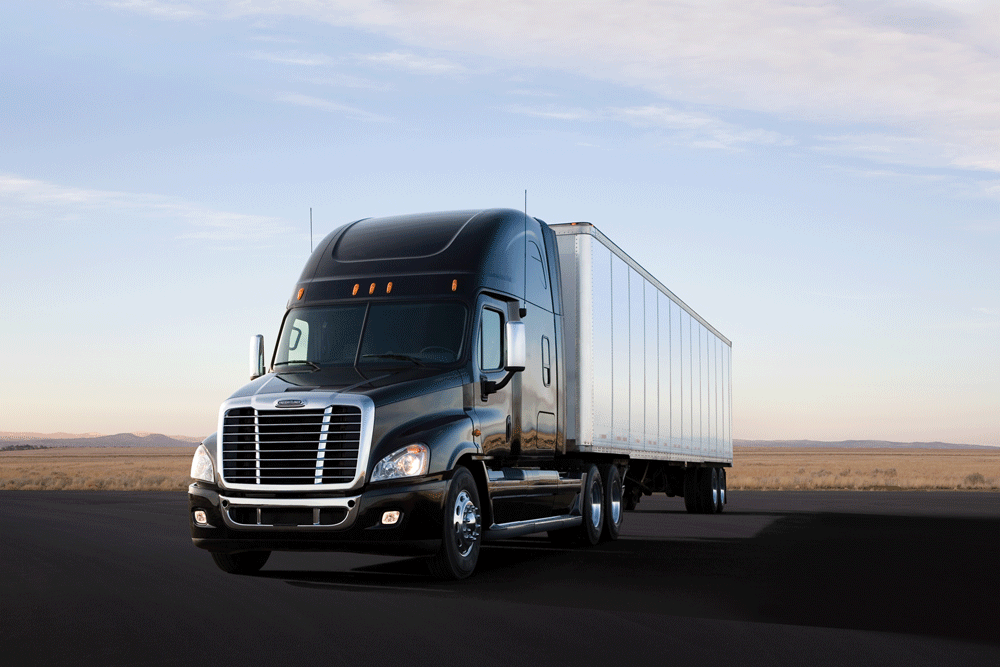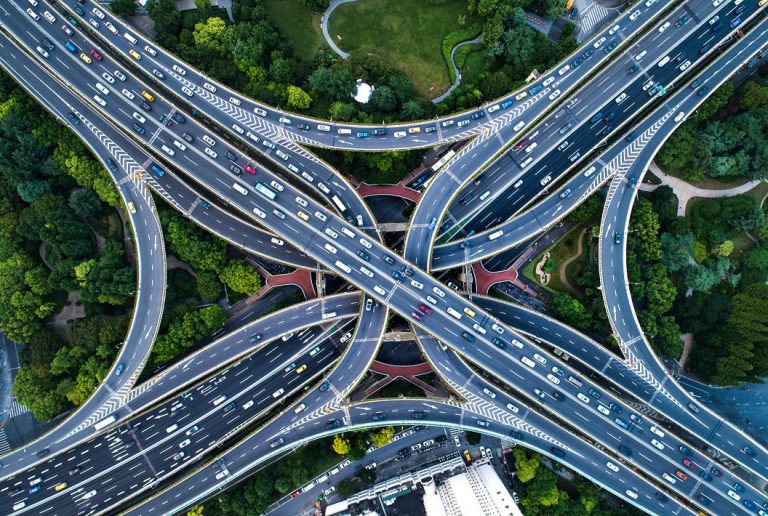
It’s a Rough Ride for Drivers on US Roads
Those of us who travel on the nation’s highways, roads, and bridges know how bad they are. Now someone has quantified it.
Whether you’re transporting freight or just driving your car to work, you’ve undoubtedly experienced traffic delays and potential vehicle damage due to road conditions. The national transportation research group, TRIP, came out with a study that tracked where the worst road conditions are and how much this reality is costing us.
Here are some facts:
- Nearly one-third of the nation’s roads are in substandard or poor condition
- The top three (or perhaps we should say the bottom three) large metro areas with the highest percentage of poor road conditions are in California (71% in San Francisco/Oakland; 60% in Los Angeles/Long Beach/Santa Ana; and 59% in San Jose)
- US vehicle travel increased 15% between 2000 and 2015. Yet in just the first 8 months of 2016, vehicle travel increased a full 3.1% over the same time period in 2015
What has also increased has been the amount of travel by our industry. In fact, the assumption is that the increase in heavy truck travel will be about 72% from 2015 to 2030 and that will only add to the headaches on the road. We’ve all had our share of fulfillment issues due to stalled traffic and expensive downtime due to maintenance problems that result from rough roads.
So what does this add up to in cost? According to the TRIP report, the national cost to motorists annually is $112 billion in additional vehicle operating costs, whether due to repairs necessitated by rough roads or an increase in fuel consumption for the same reason. On a per motorist basis, the report finds that the three California metro areas mentioned above have among the highest annual repair costs ($978 in San Francisco/Oakland; $892 in Los Angeles/Long Beach/Santa Ana; and $863 in San Jose). The highest costs are in Oklahoma, with Oklahoma City at $1,025 and Tulsa at $998. These are just costs for motorists and don’t even come close to the amount spent on maintenance services and repairs for vehicles in our fleets.
A 2015 report from the American Association of State, Highway, and Transportation Officials (AASHTO) found that in order to get the roads back into the condition necessary to handle the expected traffic, there’s a current backlog of $740 billion in needed repairs on roads, highways, and bridges. That’s why the FAST Act is important; however, it doesn’t begin to match the repairs needed. With a new Administration and Congress that has promised increased infrastructure spending, we’ll see what happens.
What’s abundantly clear is that what exists now is unacceptable. Read the full report for more.
Blog Post by: Dean Vicha, President of NationaLease © National Leasing Group, Inc. All rights reserved. For original text, visit NationalLease.com




